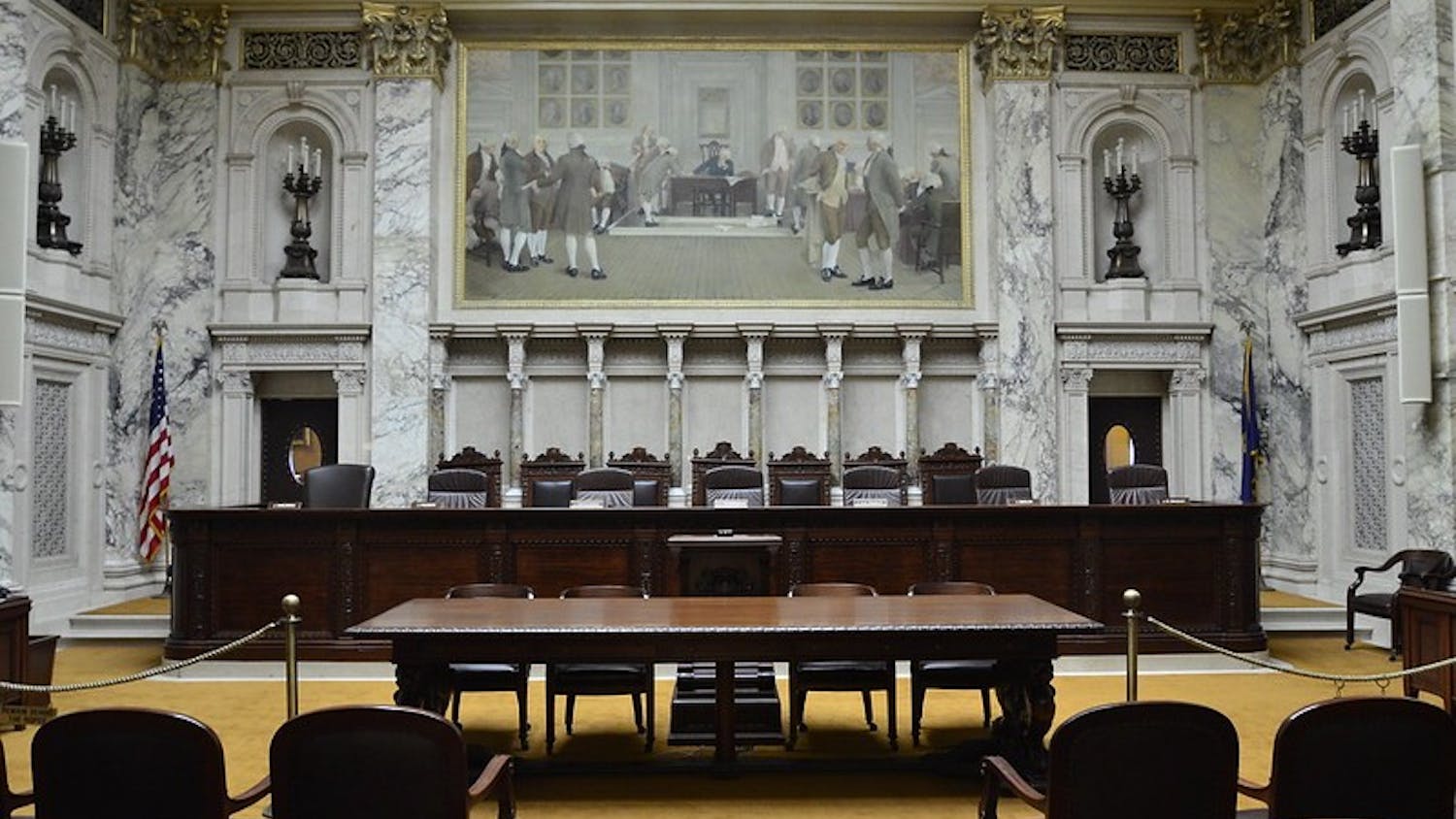They are raising tuition again. They being the state Public Service Commission, an entity one would think would have little or no effect on how much students pay for the privilege of pit lectures. The tuition increase is two years away, but after an 18 percent tuition hike this fall, no student is going to want another.
What's coming is a 150-megawatt power plant going in on the west side of campus, according to a unanimous decision reached by the PSC Thursday.
Depending on which news source one consults, it's either going up to meet the heating and cooling needs of the university-along with a generally increased energy demand, or it's for campus and 75,000 Madison homes. With its location on the 600 block of Walnut Street, the emphasis on its usefulness to campus is to be expected.
Obviously, it's not only to meet campus needs. If it was, a much smaller facility could have done the job nicely. As energy demand continues to rise, the university needs another electricity source, especially for the bioscience and health science buildings, which are undergoing expansion. The plant will be a joint venture between the state and Madison Gas and Electric Co. MG&E has increasing customer demand of its own to contend with. With both experiencing need, the partnership probably seemed like a natural alliance, so the West Campus Cogeneration Facility was born.
The once controversial project has become far less so, with the concerns of various neighborhood and environmental groups being addressed by agreements or discussions with the state and MG&E. The proposal was even fast-tracked through the approval process when MG&E agreed to monitor noise and install pollution control measures. Friends of Responsible Energy, however, maintains their opposing stance. At the beginning of September, they released a report revealing soil and water contaminaters at the site, facts apparently left out of every previous hearing and environmental impact statements on the issue. MG&E has acknowledged the concern, but the details on dealing with it have yet to be finalized. FORE's report caused some environmental groups pause, but not enough that to withdraw their backing for the project. Political dirty dealings are also of importance to FORE's opposition to the plant, considering $370,000 in political contributions were made by MG&E to various parties.
Project cost estimates seem to range around $180 million, with the state committed to a $90 million bond issue to cover their share of the cost, though final approval by the commission showed only $78.5 million earmarked in the state's utilities budget. MG&E is committed to close to $109 million.
It seems a cost overrun is expected even before construction begins and if it goes even higher, who will cover the difference? Already MG&E customers can expect to see their rates increase 3.5 to 4 percent, and the projected tuition increase has not yet received a number.
Not that providing for the energy needs of campus and city is a bad thing. But if a smaller plant could have done the job without putting a further burden on taxpayers and students, why was the larger plan chosen' This project is going to lead to another tuition hike at a time when even the GOP has issued reports criticizing the rising cost of public higher education.
Jessica Rane Gartner is a senior majoring in history and political science. She can be reached at jrgartner@wisc.edu.





